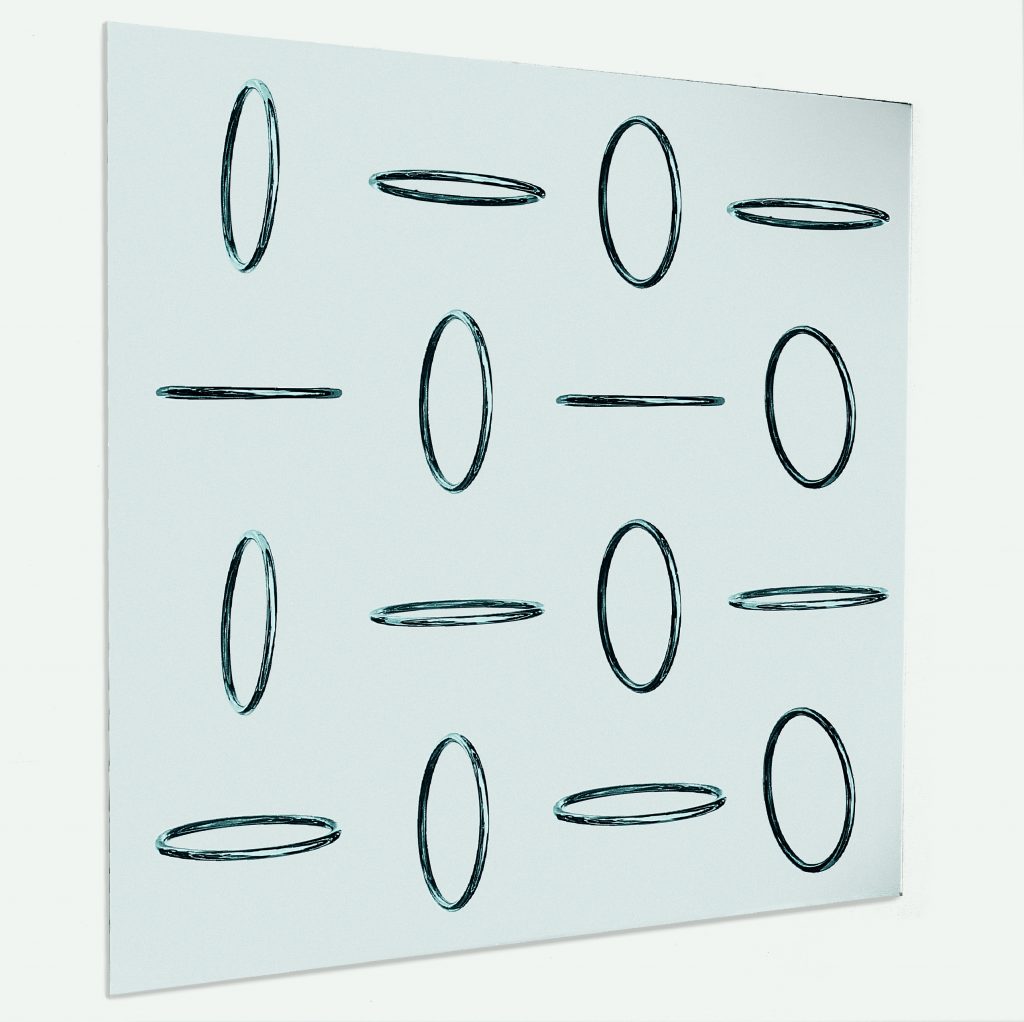
C1760 TO PRESENT RARE ARTWORKS BY GETULIOALVIANI ALONGSIDE ANCIENT MASTERS
NEW YORK, NY— C1760 is pleased to present “AlvianiX Ancient,” a new exhibition featuring adazzling display of abstract art and jewelry byGetulioAlviani(1939-2018), a key figure in Zero,Optical, and other global art movements, in dialogue with antiquities from three millennia. Themost exclusive of Alviani’s works will be on view, including never before shown artworks from hisprivate estate and some only displayed in the most prestigious institutions. “Alviani X Ancient” willbe on view at38 East 70th StreetfromThursday, April7toSaturday, May 21, 2022.The exhibition, a luminous play of light, metal, and stone from across continents and centuries,features Alviani’s radical abstract sculptures and statement jewelry from the 1960s to the 1980s,alongside works by ancient creators who manifested a similar approach to form, space, and motion.The display includes several key examples of Alviani’s “vibratile textured surfaces,” a term coined byItalian poet and critic Carlo Belloli to describe the artist’s metal forms that appear to be inperpetual movement.Other works that showcase Alvian’s experimental approaches includeRilievo speculare a elementicurvi(1962-64), a dramatic symphony of interwovensteel forms that is nearly three feet high;positivo– negativo model(1962-64), eye-tricking stripes createdfrom red and green enameled iron;cerchivirtuali(1967), lyrical circular sculptures in steel,and works in wood and steel painted red, yellow,and blue.Another highlight is Alviani’s jewelry: dramatic necklaces, created with interlocking and slashedcircular forms, and a spectacular gold-and-steel brooch that shows how the artist adapted hisgeometric vocabulary for the human body.Spanning the Cycladic and Bronze ages to classical Greece and Rome, the ancient works on viewcreate suggestive correspondences with Alviani’s art.Particularly striking is the dialogue between Alivani’s jewels, with their dynamic circular shapes,and the elaborate “spiral” fibulae, created with bronze wire during the European Bronze Age (late2nd – early 1st millennium B.C.). A gray marble bowl, precisely carved by a Cycladic artist (Early
Cycladic II, middle of the 3rd millennium B.C.), communes with Alviani’s mesmerizing aluminumdisc, created 1965.Additional works highlight different ways that ancient artists created the illusion of movement.These include a marble dancing maenad (Roman, Neo-Attic, ca. 2nd century A.D); sensuous marblecrouching Aphrodite (Graeco-Roman, 1st century B.C. – 1st century A.D.); bronze figure of Mercury,messenger of the Gods (Roman, 2nd century A.D.) and the sea goddess Tethys captured mid-gesturein a floor mosaic (Roman, 3rd – 4th century A.D.) A fragmentary relief frieze carved in limestone(Greek, Tarentine, second half of the 4th Century B.C.) shows fluttering robes as women in asanctuary flee from danger. There are also several striking examples of realism: a Roman magistrateis depicted in marble portrait bust (mid- 1st century A.D.) and a bronze Mercury (Roman, 2ndcentury A.D.), appears as a naked and athletically built young man.Together, the works from different eras offer a distinctive tour through the doors of perception andthe issues that have preoccupied artists for millennia—how they cra their materials to shape theirforms, and how they harness the power of light to create illusions that trick the eye and the mind.About Getulio AlvianiBorn in Udine, Italy, in 1939, Alviani was a key figure in the Zero group, along with other globalpostwar movements that explored abstraction and perception. Fascinated by optical effects—hewrote an influential manifesto that investigated space and form between the eye and theobject—Alviani worked with mostly metal, but also with wood, water, and fire, using a mix ofhand-craing, technological advances, and conceptual formulas. He’s best known for hisshimmering works that are activated by complex light effects that make the surface changecontinuously, depending on the visual angle.One of these works, an undulating aluminum sculpture, was featured in “The Responsive Eye,” theinfluential 1965 exhibition of optical art at the Museum of Modern Art. Alviani went on to representItaly four times in the Venice Biennale, appeared in Documenta and other major influential shows,and is represented in important museum collections around the world.Along with his artistic career, Alviani was a celebrated educator, museum curator, and museumdirector. He served as the head of painting at Italy’s Academy of Fine Arts of Carrara; director of theJesús Soto Museum of Modern Art in Ciudad Bolivar, Venezuela, and spent the final years of hiscareer working as a curator at the Múzeum Milana Dobeša in Bratislava, Slovakia, focusing onmodernist architectural projects for residential and commercial buildings.

